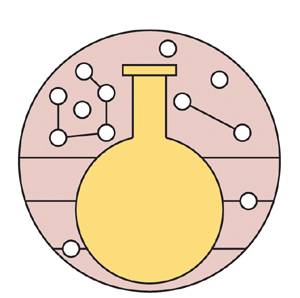
This article appears in the Witness section of the summer 2020 issue of the New Humanist. Subscribe today.
Since the coronavirus pandemic hit, people around the world are spending more time on video calls than ever before. But despite the thrill of being able to join a conference call in one’s underwear, many people report finding this kind of online engagement more fatiguing than face-to-face meetings. Why is it so taxing for the brain?
Humans evolved as social animals, so picking up on non-verbal cues is generally easy for us, requiring little conscious effort. But a typical video call doesn’t show us the whole picture. Usually, we can only see the person from the shoulders up, limiting our view of their body language. Low-quality calls in particular mean that we can end up missing out on the subtleties of facial expression or tone of voice.
Silence, or the lack of it, poses another issue. In a real-life conversation, pauses create a natural rhythm. We are less tolerant of silence in online calls. A 2014 study published in the International Journal of Human-Computer Studies found that delays of as little as 1.2 seconds made people perceive the responder as less focused. The study, led by Katrin Schoenenberg, found that high levels of delay could feed into how we judge their personality, perceiving them as “less attentive, extraverted and conscientious”. The anxious need to talk limits our time to think and reflect.
While those of us with bad connections may be judged unfairly, attention is a genuine problem. We are more likely to be engaged in numerous activities online, never fully devoting ourselves to any one thing. The term “continuous partial attention” was invented in 1998 by Linda Stone, a tech writer and consultant. She emphasised that this was not the same as multi-tasking, which was motivated by a desire to be “more productive and more efficient”. In the case of continuous partial attention, however, “we’re motivated by a desire not to miss anything. There’s a kind of vigilance that is not characteristic of multi-tasking.”
Marissa Shuffler, an associate professor at Clemson University, who studies workplace wellbeing, suggests taking time between meetings to check in with people on a personal level. “It’s a way to reconnect us with the world, maintain trust and reduce fatigue and concern.”

